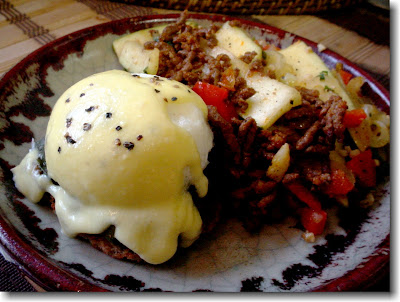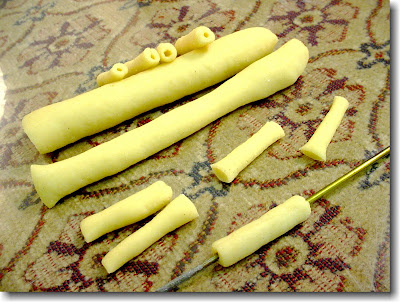 George and I drove down to the Nisqually Wildlife Sanctuary on Sunday, to hike and explore. I walked quite briskly as it was cold outside, and George took photographs.
George and I drove down to the Nisqually Wildlife Sanctuary on Sunday, to hike and explore. I walked quite briskly as it was cold outside, and George took photographs.  The Nisqually is a favorite of ours throughout the year. At this time, some of the major walking areas are off limits due to wintering birds, so we walked along a boardwalk through the woods. Helpful information along the way. (More photos here.)
The Nisqually is a favorite of ours throughout the year. At this time, some of the major walking areas are off limits due to wintering birds, so we walked along a boardwalk through the woods. Helpful information along the way. (More photos here.) It was quite cold on Saturday at Snake Lake - water ripples froze at the base of shrubs lining the shore. We took a brisk walk through the forest - a great jogging trail about a 25 minute walk from the house.
It was quite cold on Saturday at Snake Lake - water ripples froze at the base of shrubs lining the shore. We took a brisk walk through the forest - a great jogging trail about a 25 minute walk from the house. Here, Matt and Ruhiyyih are enjoying the light in the forest.
Here, Matt and Ruhiyyih are enjoying the light in the forest. I hope to walk over to Snake Lake at least once a week to vary my walking routine and enjoy the solitude within the forest. I've walked these trails alone before, and simply forgot just how beautiful it can be, especially in the early spring. (More photos here).

















































